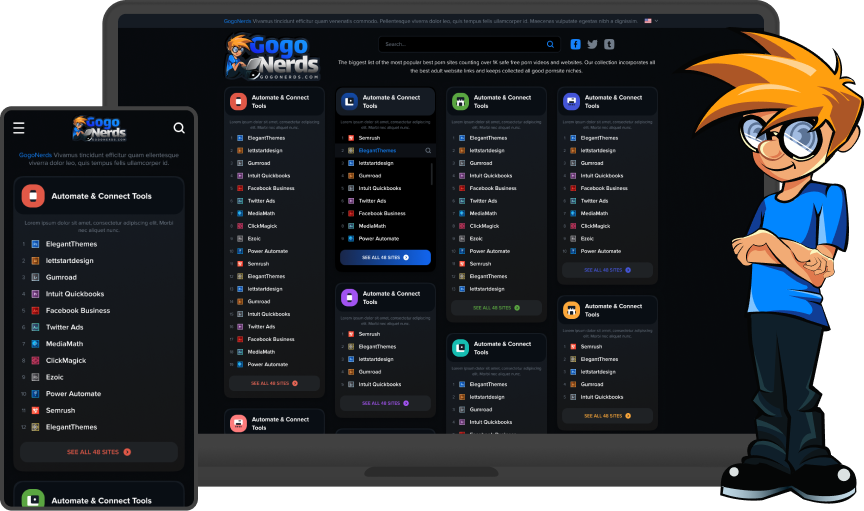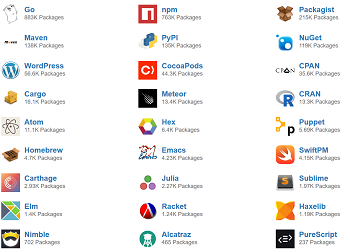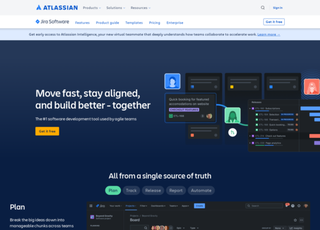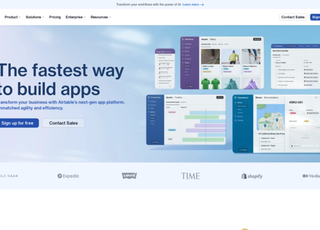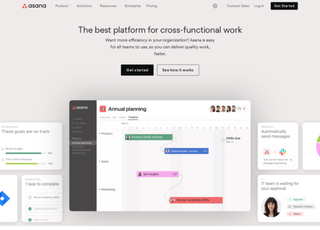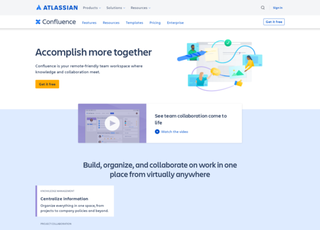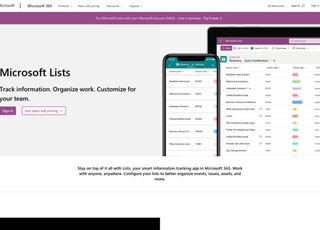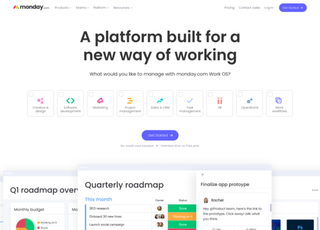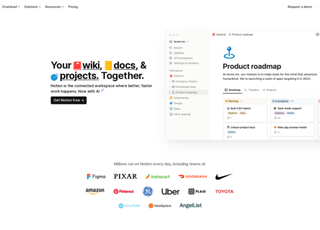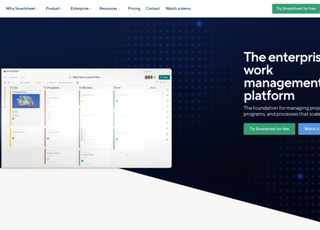Jira
Jira, developed by Atlassian, is a popular project management tool primarily used for issue tracking, bug tracking, and agile project management.
Origins and Development
Founding
Jira was created by Atlassian, an Australian company, in the early 2000s.
Evolution
Originally designed as a bug and issue tracker, it has evolved to support various aspects of project management, especially in software development.
Core Features
Issue Tracking
At the heart of Jira is its ability to track and manage issues or tasks. Users can create, assign, and prioritize issues, making it easier to handle complex projects.
Project Management
Jira supports both traditional project management methodologies like Waterfall and agile methodologies like Scrum and Kanban. This flexibility allows teams to manage their work according to their preferred workflow.
Customization
One of Jira’s strengths is its high degree of customization. It can be configured to fit various project needs, including custom workflows, fields, issue types, and more.
Integration
Jira integrates well with other tools, especially those in the Atlassian suite like Confluence and Bitbucket, as well as with a wide range of third-party applications.
Agile Functionality
Boards
Agile boards in Jira (Kanban and Scrum boards) provide visual representations of the work process, allowing teams to track the progress of tasks through different stages.
Sprints
In Scrum, Jira facilitates sprint planning, allowing teams to assign and manage tasks within defined time frames.
Reporting and Analytics
Jira offers various reporting tools and dashboards, which provide insights into project progress, workload distribution, and other key performance indicators.
User Interface and Experience
Jira's interface is feature-rich but can be overwhelming for new users. However, it's highly effective for managing complex projects once users are familiar with its functionalities.
Use Cases
Predominantly used in software development, Jira is also employed in non-IT environments for task management, operational project management, and as a general workflow management system.
Licensing and Versions
Jira is available in several versions: Jira Core, Jira Software, and Jira Service Management, each catering to different needs.
It offers Cloud and Server (on-premises) versions, with various pricing tiers based on the number of users and required features.
Community and Support
ira has a strong community of users and developers. There's a wealth of resources, including forums, documentation, and third-party tutorials, for learning and troubleshooting.
Challenges and Considerations
Learning Curve
Jira's extensive features can result in a steep learning curve for new users. Organizations might need to invest time in training to get the most out of the tool.
Performance
For very large projects or when overly customized, Jira can sometimes experience performance issues, such as slow loading times.
Cost
While Jira offers a free tier, its more advanced features and larger user capacities come with a significant cost, which can be a consideration for smaller teams or startups.
Mobile and Remote Accessibility
Mobile App
Jira offers mobile applications for iOS and Android, allowing users to track and manage their work on the go.
Remote Collaboration
Given the rise of remote work, Jira’s collaboration features, like comments, notifications, and integrations with communication tools, are particularly valuable.
Security and Compliance
Jira provides robust security features, including data encryption and user access controls. For enterprises, compliance with various standards and regulations is also a key aspect.
Industry Recognition
Jira is widely recognized in the industry for its capabilities in project management and agile development. It is often used as a benchmark against which other project management tools are measured.
Expansion and Ecosystem
Marketplace
The Atlassian Marketplace offers a vast array of plugins and extensions for Jira, enabling users to enhance its functionality in numerous ways.
Community Contributions
The active community around Jira contributes to a large repository of templates, best practices, and custom solutions.
Future and Innovations
Atlassian continuously updates Jira, adding new features and improving existing ones. There’s an emphasis on enhancing user experience, integration capabilities, and expanding its use cases beyond software development.
Comparisons with Other Tools
Jira often gets compared to other project management tools like Trello (also owned by Atlassian), Asana, or Microsoft's Azure DevOps. Each has its strengths; Jira is typically favored for its depth in agile project management and customization options.
Best Practices for Using Jira
Effective use of Jira involves setting up a well-thought-out workflow, keeping the configurations as simple as necessary, and ensuring team members are adequately trained. Regular reviews and adjustments to the setup can help maintain efficiency.
Conclusion
Jira stands out for its comprehensive set of features, flexibility, and robust support for agile methodologies. Its adaptability makes it suitable for a wide range of projects and teams. The key to leveraging Jira effectively lies in understanding its capabilities and tailoring its extensive features to the specific needs of the project or organization.

